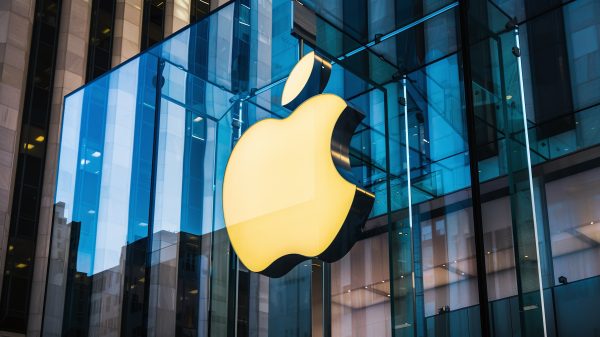Companies worldwide are preparing for a surge in cybersecurity challenges as Microsoft ends support for Windows 10 on October 14, 2025. While the operating system will continue to run, it will no longer receive software updates, security patches, or technical assistance, leaving millions of business systems exposed to evolving cyber threats.
Rising digital threats
The end of support coincides with an environment of increasing cyberattacks targeting enterprises of all sizes. Organizations relying on Windows 10 in their IT infrastructure, ranging from SMEs to large multinational corporations, face heightened risks of operational disruption, financial loss, and reputational damage if they fail to transition to supported systems.
Unpatched vulnerabilities can be exploited by malware, ransomware, and phishing campaigns, putting sensitive corporate data and critical business processes at risk.
Windows in enterprise environments
Windows remains a cornerstone of business IT, powering essential operations such as enterprise resource planning (ERP), customer relationship management (CRM), internal communication tools, and productivity software. For companies, outdated operating systems are not just a technical issue, they are a strategic vulnerability.
Maintaining unsupported Windows 10 systems can compromise entire business networks, from local workstations to servers and cloud-connected applications.

Abstract concept of Windows 10 (Source: Wikipedia).
Safeguarding business operations
Experts recommend a proactive, multi-layered approach to mitigate risks. The first priority is migrating to Windows 11 or other supported operating systems to ensure ongoing security updates. Beyond updating the OS, enterprises should strengthen defenses through advanced cybersecurity solutions, including next-generation antivirus software, firewalls, intrusion detection systems, and real-time monitoring tools.
Limiting unnecessary user access with role-based permissions, enabling multifactor authentication, encrypting sensitive data, and securing Wi-Fi networks are additional critical steps.
Regular data backups, stored across multiple locations and tested for recoverability, are essential for business continuity. Employee training on cybersecurity best practices also helps reduce exposure to phishing attacks and malware. A carefully planned migration strategy (coordinating IT teams, defining budgets, and rolling out updates progressively) can prevent operational downtime and ensure a smooth transition.
Planning for the future
“The transition after the end of Windows 10 support represents a challenge, but with proper planning and the application of cybersecurity measures, it is possible to minimize risks and ensure the protection of business data and systems,” explains Eusebio Nieva, Technical Director of Check Point Software for Spain and Portugal.
As enterprises worldwide prepare for this transition, IT leaders must view Windows 10 obsolescence as a strategic issue. Protecting enterprise environments is not merely a technical necessity—it is essential to maintain operational resilience, safeguard sensitive data, and stay ahead of increasingly sophisticated cyber threats.
Sources:
- Check Point Software PR.



























